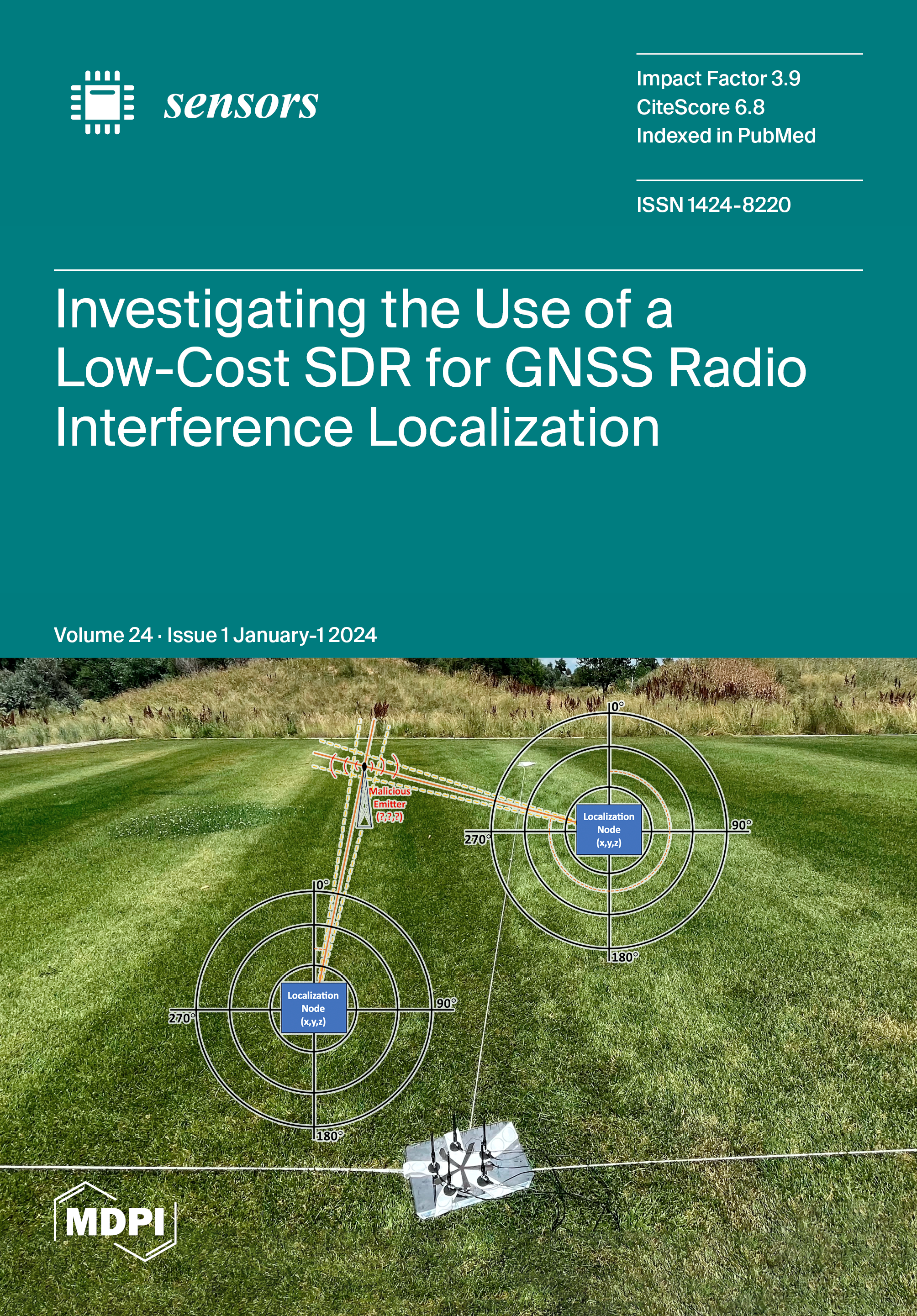In regards to 300 lbs over payload, you must address this issue promptly to avoid safety risks. Operating over capacity increases chances of accidents and damage.
Facing this concern requires immediate attention and professional handling to prevent potential hazards. It is crucial to take action swiftly to prevent any compromise to the safety and integrity of your operations. Implementing appropriate measures will ensure compliance and smooth functioning, promoting a secure environment for both personnel and equipment.
By understanding the gravity of this situation, you can make informed decisions to rectify the issue effectively. Cooperating with experts and adhering to regulations will help in resolving the excess payload concern and maintaining a safe working environment.

Understanding Payload Capacity
Defining Payload Capacity
Payload capacity refers to the maximum weight a vehicle can carry safely and efficiently.
Factors Affecting Payload Capacity
- Vehicle design impacts payload capacity due to structural limitations.
- Suspension strength affects how much weight a vehicle can handle without compromising safety.
Each vehicle is designed with a specific payload capacity to ensure safe operation and longevity. Exceeding the maximum payload can lead to dangerous handling and potential damage to the vehicle.
| Vehicle Type | Payload Capacity |
|---|---|
| Compact car | 400-800 lbs |
| Truck | 1500-3000 lbs |
Understanding the payload capacity of your vehicle is crucial to ensuring safety and optimal performance during transport.

Credit: www.mdpi.com
Risks Of Exceeding Payload Limits
Risks of Exceeding Payload Limits:
Exceeding payload limits can pose serious risks not only to the vehicle itself but also to the safety of passengers and other road users. It can lead to detrimental effects on vehicle stability, braking, and steering, potentially resulting in hazardous situations on the road.
Impact On Vehicle Stability
Increased weight beyond the payload limit can destabilize the vehicle, causing it to sway and potentially lose control. This compromises road safety and puts occupants at risk.
Braking And Steering Issues
Exceeding payload limits can significantly impact the vehicle’s braking efficiency and steering responsiveness. It may result in longer stopping distances, reduced maneuverability, and a higher likelihood of accidents.
Consequences Of Overloading
The consequences of overloading a vehicle with 300 lbs over the payload can be severe and wide-ranging. Ignoring the weight limits of your vehicle can lead to various negative consequences, including legal ramifications and damage to vehicle components. It’s crucial to understand these implications to ensure the safety of both yourself and others on the road.
Legal Ramifications
Overloading a vehicle can result in legal consequences that may vary depending on the jurisdiction. In many places, exceeding the weight limit can lead to fines, penalties, and even the suspension of driving privileges. It’s essential to adhere to the specified weight limits and regulations to avoid legal troubles and maintain safety on the road.
Damage To Vehicle Components
Exceeding the vehicle’s payload capacity can put excessive strain on its components, leading to accelerated wear and potential damage. Overloading can impact the suspension, brakes, tires, and overall structural integrity of the vehicle, compromising its safety and performance. This can result in costly repairs and a higher risk of accidents on the road.
/cloudfront-us-east-2.images.arcpublishing.com/reuters/WZ7JJCPLKNMCREJLMFRMMARFDM.jpg)
Credit: www.reuters.com
Safety Measures And Best Practices
When it comes to transporting heavy payloads, ensuring safety measures and following best practices becomes paramount. Neglecting these aspects can have serious consequences, putting both the vehicle and its occupants at risk. To ensure a smooth and secure journey, it is essential to adhere to proper loading techniques and prioritize regular maintenance.
Proper Loading Techniques
Proper loading techniques play a crucial role in maintaining vehicle stability and preventing accidents. Here are some key guidelines to follow:
- Know the vehicle’s weight limits: Familiarize yourself with the manufacturer’s recommendations regarding payload capacity to avoid exceeding weight limitations that could compromise safety.
- Distribute the weight evenly: Ensure a balanced load by distributing the weight evenly across the vehicle’s cargo area. This prevents unpredictable handling and minimizes the risk of rollovers.
- Secure the load properly: Use adequate restraints such as straps, chains, or cargo nets to prevent movement during transit. This reduces the chances of tipping or shifting, especially during sudden maneuvers or braking.
- Consider the center of gravity: Keep the heaviest items positioned low and towards the front of the cargo area. This helps maintain stability and prevents top-heaviness that can lead to loss of control or rollovers.
Importance Of Regular Maintenance
Regular maintenance is crucial to keep vehicles in optimal condition, especially when carrying heavy payloads. Neglecting maintenance can result in mechanical failures, braking issues, or steering problems that compromise safety. Here are some maintenance tasks to prioritize:
- Check tire pressure and condition: Properly inflated tires with adequate tread depth provide stability and grip, minimizing the risk of accidents caused by tire failures or blowouts.
- Inspect suspension and brakes: Regularly inspect the suspension system and brakes to ensure they are functioning correctly. Faulty suspension can affect the vehicle’s handling, while worn brakes compromise stopping power.
- Monitor engine and transmission: Keep up with routine engine oil changes, filter replacements, and transmission fluid checks to ensure optimal performance. A well-maintained drivetrain enhances overall vehicle control.
- Check for structural integrity: Regularly assess the vehicle’s structural components for signs of wear or damage, such as rust, cracks, or weakened load-bearing areas. Proper structural integrity is essential for safe transportation.
By adhering to these safety measures and best practices, you can minimize the risks associated with carrying heavy payloads. Protecting both your investment and the well-being of everyone on the road should always be a top priority.
Industry Regulations And Standards
When it comes to payload safety in the transportation industry, adhering to industry regulations and standards is crucial. In this section, we will explore two key aspects related to the overloading of a vehicle: government regulations and manufacturer guidelines.
Government Regulations
Government regulations play a vital role in ensuring the safety and compliance of vehicles on the road. These regulations are created and enforced by government authorities to maintain the integrity of the transportation industry.
When a vehicle exceeds its payload capacity, it not only compromises the safety of the driver and passengers but also poses a significant risk to other road users. To address this issue, governments have established strict rules and guidelines regarding vehicle loading limits.
Some of the key regulations include:
- Weight Restrictions: Governments set maximum weight limits for different vehicle types to prevent overloading. These limits take into account the vehicle’s design, strength, and capacity.
- Permit Requirements: In some cases, vehicles carrying payloads exceeding the standard weight limits may need to obtain special permits or licenses. These permits help regulate and monitor the movement of overweight loads.
- Inspections and Penalties: Government authorities conduct regular inspections to ensure compliance with weight restrictions. Violations can result in hefty fines, vehicle impoundment, or even suspension of the operator’s license.
By adhering to government regulations, companies can prevent accidents, reduce damage to infrastructure, and contribute to the overall safety of the transportation industry.
Manufacturer Guidelines
In addition to government regulations, manufacturers of vehicles establish their own guidelines regarding payload capacity and weight limits. These guidelines are based on extensive testing, engineering analysis, and safety considerations.
Manufacturers understand the importance of maintaining the structural integrity of their vehicles. Exceeding the recommended payload capacity can put excessive strain on the vehicle’s components, leading to premature wear and tear, decreased performance, and potentially catastrophic failures.
To help users determine the appropriate payload for their vehicles, manufacturers provide detailed specifications and guidelines. These may include:
- Maximum Payload Capacity: Manufacturers specify the maximum weight a vehicle can safely carry, taking into account factors such as axle load distribution, suspension capabilities, and tire ratings.
- Load Distribution Recommendations: Distributing the load evenly across the vehicle helps maintain stability and reduces the risk of overloading specific parts. Manufacturers may provide recommended guidelines for load distribution to ensure optimal performance.
- Proper Loading Techniques: Manufacturers often provide instructions on how to load the vehicle safely and securely. This may include strategies for securing the load, using appropriate restraints, and avoiding potential hazards.
Following the manufacturer guidelines not only ensures the safety of the vehicle and its occupants but also helps preserve the warranty and longevity of the vehicle.
Educational Campaigns And Awareness
Educational campaigns and awareness are vital components in addressing the issue of 300 lbs over payload. By arming both commercial drivers and the general public with information and best practices, the potential dangers associated with overloading can be minimized. Let’s explore the strategies and initiatives in promoting responsible loading and providing training for commercial drivers to enhance safety and compliance in the transportation industry.
Promoting Responsible Loading
To combat the problem of overloading, educational campaigns emphasize the importance of adhering to weight limits and distributing the load evenly. These efforts aim to raise awareness among drivers about the impact of overloading on vehicle stability, braking performance, and overall road safety. By promoting responsible loading, drivers can make informed decisions and adopt the necessary measures to prevent overloading.
Training For Commercial Drivers
Equipping commercial drivers with the knowledge and skills to identify and address overloading is crucial. Training programs focus on weight management, load distribution, and the use of proper equipment to ensure compliance with regulations. Through comprehensive training, drivers can improve their understanding of the risks associated with overloading, ultimately enhancing safety and reducing the potential for accidents on the road.
Conclusion: Mitigating The Risks
Importance Of Compliance
In accordance with safety standards.
Ensuring Vehicle Safety
Essential to prevent accidents or damage.

Credit: www.slideshare.net
Frequently Asked Questions On 300 Lbs Over Payload
How Can A Vehicle Become 300 Lbs Over Payload?
A vehicle can become 300 lbs over payload when excessive weight is added, exceeding the manufacturer’s recommended limits. This could happen due to overloading with heavy cargo, passengers, or modifications without considering the vehicle’s capacity. It poses safety risks, affects braking and handling, and can lead to mechanical issues.
What Problems Can Arise From Exceeding Payload Limits?
Exceeding payload limits can cause several problems. It puts strain on the vehicle’s suspension, brakes, and tires, leading to premature wear and potential failures. It compromises the vehicle’s stability and maneuverability, making it harder to control. Additionally, it increases fuel consumption, diminishes fuel efficiency, and can result in serious safety hazards.
How Can I Determine The Payload Capacity Of My Vehicle?
To determine the payload capacity of your vehicle, consult the owner’s manual or check the sticker on the driver’s door jamb. This information provides the maximum weight the vehicle can safely carry, including cargo, passengers, and modifications. It is essential to respect this limit to ensure optimal performance, safety, and longevity of your vehicle.
What Are Some Tips To Avoid Exceeding Payload Capacity?
To avoid exceeding payload capacity, follow these tips:
– Regularly weigh your vehicle, including cargo and passengers. – Consider the weight of accessories or modifications. – Distribute weight evenly and secure it properly. – Remove unnecessary items from the vehicle. – If necessary, rent a larger vehicle or make multiple trips to accommodate the load.
Conclusion
Exceeding the payload capacity of any vehicle poses serious risks to safety and performance. Compliance with payload limits is essential for both legal and operational reasons. By ensuring proper weight distribution and adhering to manufacturer specifications, you can avoid accidents and damage.
Prioritize safety and efficiency by respecting payload guidelines.